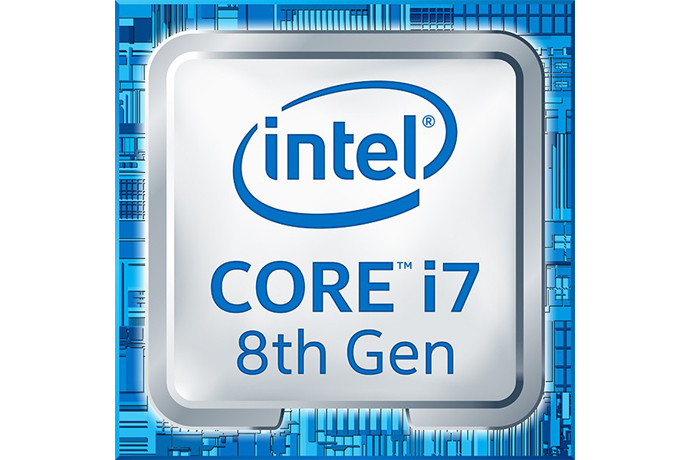
In this, the third and final blog post on processors, I’m going to talk about threads. Understanding threads is not an easy task and there’s really no reason for us to delve into the technical details.
In the simplest of terms, a processor thread is where the highest level of code execution takes place. A thread is what allows a processor to perform more than one task at a time or to preform a task faster.
All single core processors have two threads. Dual core processors have four and 28 core processors have 56. You get the idea.
There is also something called hyper-threading which allows a single core processor to act like a dual core. Again, it’s technical stuff most consumers don’t care about!
Sound like a bunch of geek talk? It is. Here’s the bottom line for you when you’re looking for a new computer: the more cores, the more threads and the faster the computer will run.
Just a reminder that the reason behind these three posts about processors is to help you understand that you should never purchase a new computer based on price alone. The more knowledge you have, the smarter choice you’ll make.
